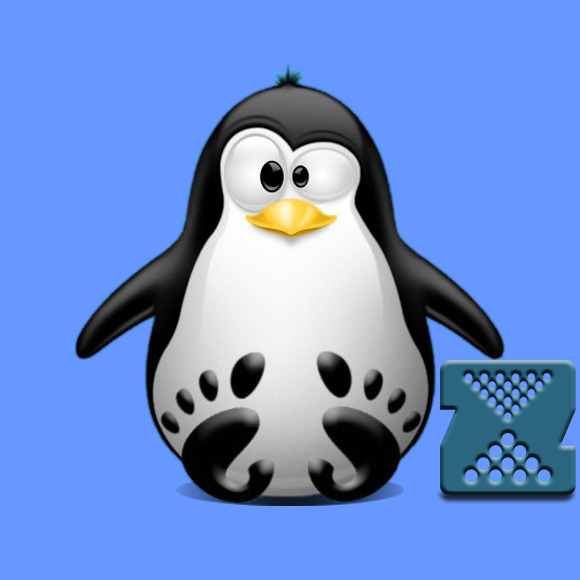GNU/Linux KDE Neon Installing Latest ZFS – Step by step Guide
How to Install Latest OpenZFS ZFS Kernel Module and Utilities on KDE Neon 18.04+ LTS GNU/Linux desktop – Step by step Tutorial.
Zettabyte File System is a rethinking of the traditional Storage Stack. The basic unit of storage in ZFS is the Pool and from it, we obtain Datasets that can be either Mountpoints (a mountable Filesystem) or Block Devices.
The Solaris Z File System is a Revolutionary one that fundamentally Changes the way File Systems are administered.
With ZFS everything you find complicated about Managing File Systems and Volumes is Gone: you do Not have Any More to format, newfs, mount, edit /etc/vfstab, fsck, growfs, metadb, metainit…
ZFS is a Reliable File-System that Use the Copy-on-write Update Model so to ensures that its Data is always Consistent on Disk.
ZFS uses the Concept of Storage Pools to manage physical storage Instead, to Rely on a Physical Device.
ZFS Eliminate Volume Management altogether. Instead, of forcing you to create Virtualized Volumes, ZFS Aggregate Devices Into a Storage Pool. So File Systems Are No Longer Constrained to Individual Devices, Allowing them to Share Disk Space with All File Systems in the Pool.
So you No Longer Need to Predetermine the Size of a File System, as File Systems Grow Automatically within the Disk. When New Storage is Added, All File Systems within the Pool can Immediately use the additional Disk Space.
The creation of a usable Filesystem with Redundancy from a set of Disks can be accomplished with 1 Command and this will be persistent upon reboots.
This is because a ZFS Pool will always have a mountable Filesystem called the root Dataset, which is mounted at Pool creation.
Finally, this guide includes detailed instructions on Getting Started with ZFS on KDE Neon.

1. Terminal Getting Started Guide
How to Quick Start with Command Line on KDE Neon GNU/Linux:
Contents